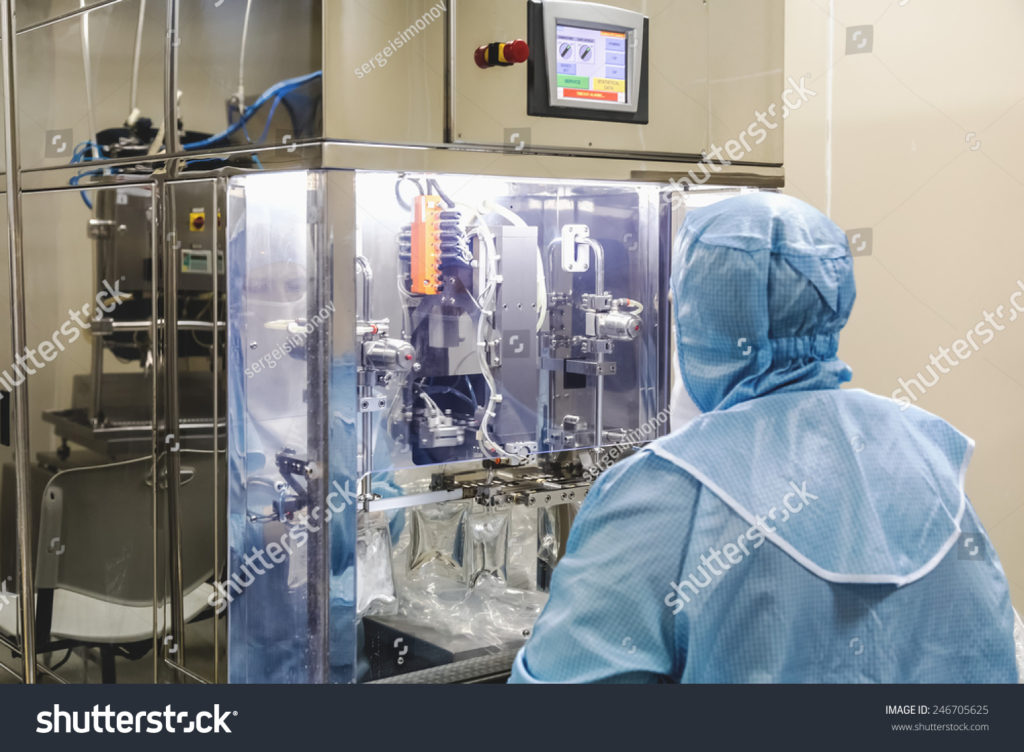
The Task
A major firm in the UK, performing research and development in the Life Sciences, commissioned IES to upgrade the Electrical Control & Instrumentation (EC&I) systems at their steam sterilisation plant.
The Challenge
This large steam sterilisation plant performs a crucially important service by sterilising waste from 50 laboratories. Any plant downtime could have a devastating impact on the firm’s operations. Cutting corners was not an option for this project; waste management is an issue of vital importance in the pharmaceutical industry, and the upgraded sterilisation plant needed to operate to the highest standards of safety and accuracy.
The Strategy
- In order to minimise downtime, IES designed a control and automation system upgrade on a phased basis.
The second phase of the operation, which included an independent SRCS (Safety Related Control System), was a safety instrumented system based on the International Organization for Standardisation’s demanding IEC61511, the benchmark standard for the management of functional safety in the process industries. - Safety Integrity Level 1 & 2 loops in level and temperature were constructed and implemented, involving considerable new instrumentation and the mechanical scope of the work.
- Emergency Shutdown Valving, with welded construction and joints was installed. The requirement to minimise downtime meant that this had to be completed in a restricted space, and with a tight schedule.
- The valving was constructed from Hastelloy C.
- A legacy programmable logic controller (PLC) system was upgraded to the latest hardware with redundancy at processor, power supply and communications level.
- The existing System Control and Data Acquisition (SCADA) system was completely re-engineered, in order to provide an enhanced interface with the more sophisticated and functionally independent safety system.
- As part of the project scope a new plant-specific lock out, tag out (LOTO) system was developed and implemented for the plant, and an annual calibration and safety system proof testing procedure was implemented.
- New maintenance and continuous improvement (CI) tools and technologies employed included wireless System Control and Data Acquisition system (SCADA) access in the field, which permits faster, more efficient and accurate proof-testing.
- Unplanned downtime is reduced by the use of infrared imaging, which also reduces steam consumption and air-conditioning requirements.
The Design and Implementation Teams
The multi-disciplinary team responsible for the design and implementation of this major upgrade drew on all IES’s skills and experience in the refurbishment of industrial plants. In addition to engineering and HMI expertise, project management skills were essential in ensuring that the project’s schedule was adhered to, and the rigorous safety standards upheld.
A third-party safety system consultancy was brought in to audit the project.

The Outcome
IES succeeded in meeting the project objectives in their entirety. Subsequently, IES was contracted to provide ongoing maintenance and operation of the plant, and to develop a continuous improvement programme.
To fulfil this extended commission, IES ran a recruitment campaign in the locality of the plant, and implemented and managed a training programme for the new staff to ensure consistent service quality.
Did You Know?
Hastelloy C-22 is a nickel-chromium-molybdenum-tungsten alloy known for its resistance to pitting, corrosion and cracking.
Infrared imaging, also known as thermal imaging, is used in law enforcement to locate suspects in hiding. Boston police officers were able to locate the Marathon bomber, who was hiding under a boat cover, with a thermal camera.
Founded on 23 February 1947, the International Organization for Standardisation (ISO) promotes worldwide proprietary, industrial and commercial standards. It is headquartered in Geneva, Switzerland,`}`and works in 164 countries.
